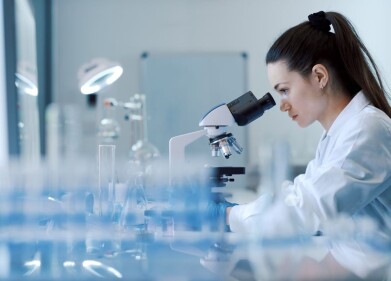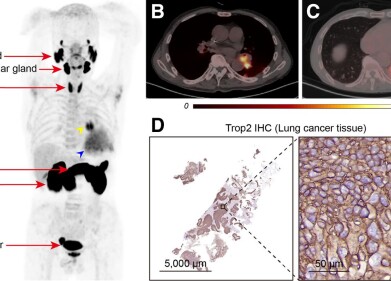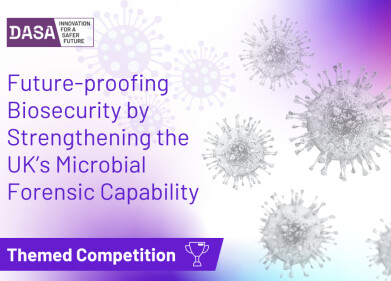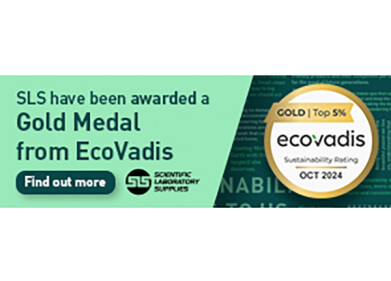News & views
Superscanner Helps Scientists see into the Unknown
Feb 02 2010
From soils and sediments, to chunks of pavement, archaeological remains and chocolate bars... the Nanotom, an advanced 3D X-ray micro Computed Tomography (CT) scanner is now helping scientists at Nottingham University to probe inside objects without having to break into them.
The Nanotom, supplied by GE Sensing and Inspection Technologies, will be based at the School of Biosciences as the centrepiece of research into efforts to understand the microscopic interactions between plant root growth and soil structure.
The first project to use it will examine the sensing ability of roots to grow in the best direction for the health of the plant through the soil. It aims to provide evidence of how the root reacts and adapts to soil stresses like drought and compaction by adjusting the genetic information in the tips of the root as it grows. It will allow researchers to follow the progress of the root growth and soil structural development for the first time without disturbing the sample of the plant growing in the soil.
The eventual aim of research like this is to contribute to worldwide efforts for food security and sustainable food production by preserving and improving the vital but finite soil resources of the planet. It will enable scientists to come up with a recipe for the best soil composition and level of compaction as well as informing plant breeding programmes. Accurate soil structure measurement will be also be essential in changing farming practices to cut CO2 which is released into the atmosphere during traditional ploughing of agricultural soil.
The scanner is also an interdisciplinary piece of kit which will be used by other Schools for a wide variety of projects. At least eight University departments will use the Nanotom from scanning lichens in Biology, to sustainable building materials in the Built Environment, windblown sediments in Geography, and even animal muscle tissues in Veterinary Science, the machine will be a popular resource and at the moment, the only one of its kind at a British university.
The Nanotom will also be hired out to private companies outside the University as a source of revenue that will help fund it. As well as its widespread use in healthcare, CT also has many applications in research and industry in the fields of Non-Destructive Testing (NDT) and Non-Destructive Evaluation (NDE) of solids. It’s used to carry out dimensional measurements, assembly checks, testing for the location and analysis of compositional defects. The University’s new machine will produce high-resolution 3D and slice images of solids with a pixel resolution of up to ½ micron or 500 nanometres.
Digital Edition
Lab Asia 31.6 Dec 2024
December 2024
Chromatography Articles - Sustainable chromatography: Embracing software for greener methods Mass Spectrometry & Spectroscopy Articles - Solving industry challenges for phosphorus containi...
View all digital editions
Events
Jan 22 2025 Tokyo, Japan
Jan 22 2025 Birmingham, UK
Jan 25 2025 San Diego, CA, USA
Jan 27 2025 Dubai, UAE
Jan 29 2025 Tokyo, Japan



















